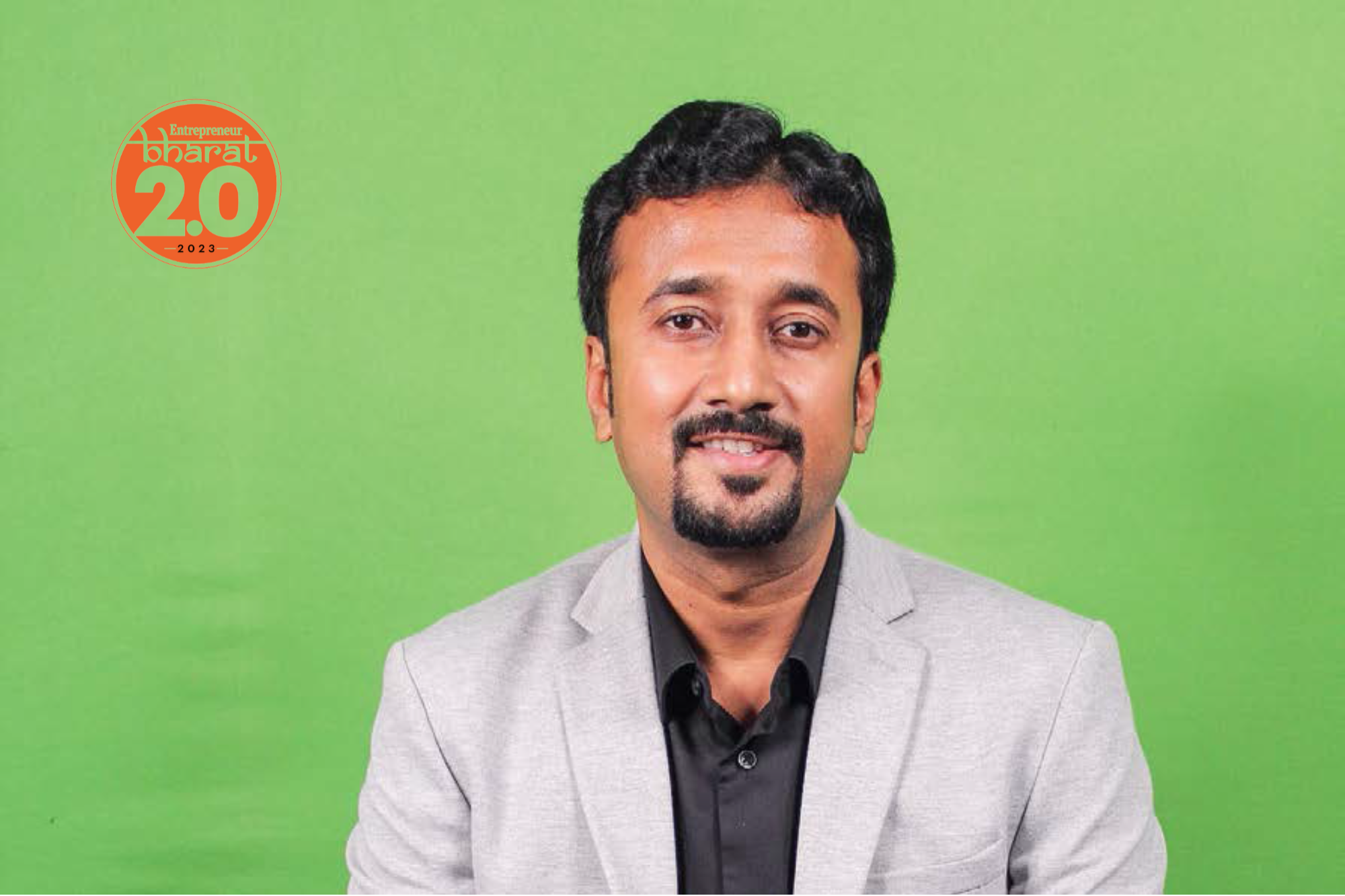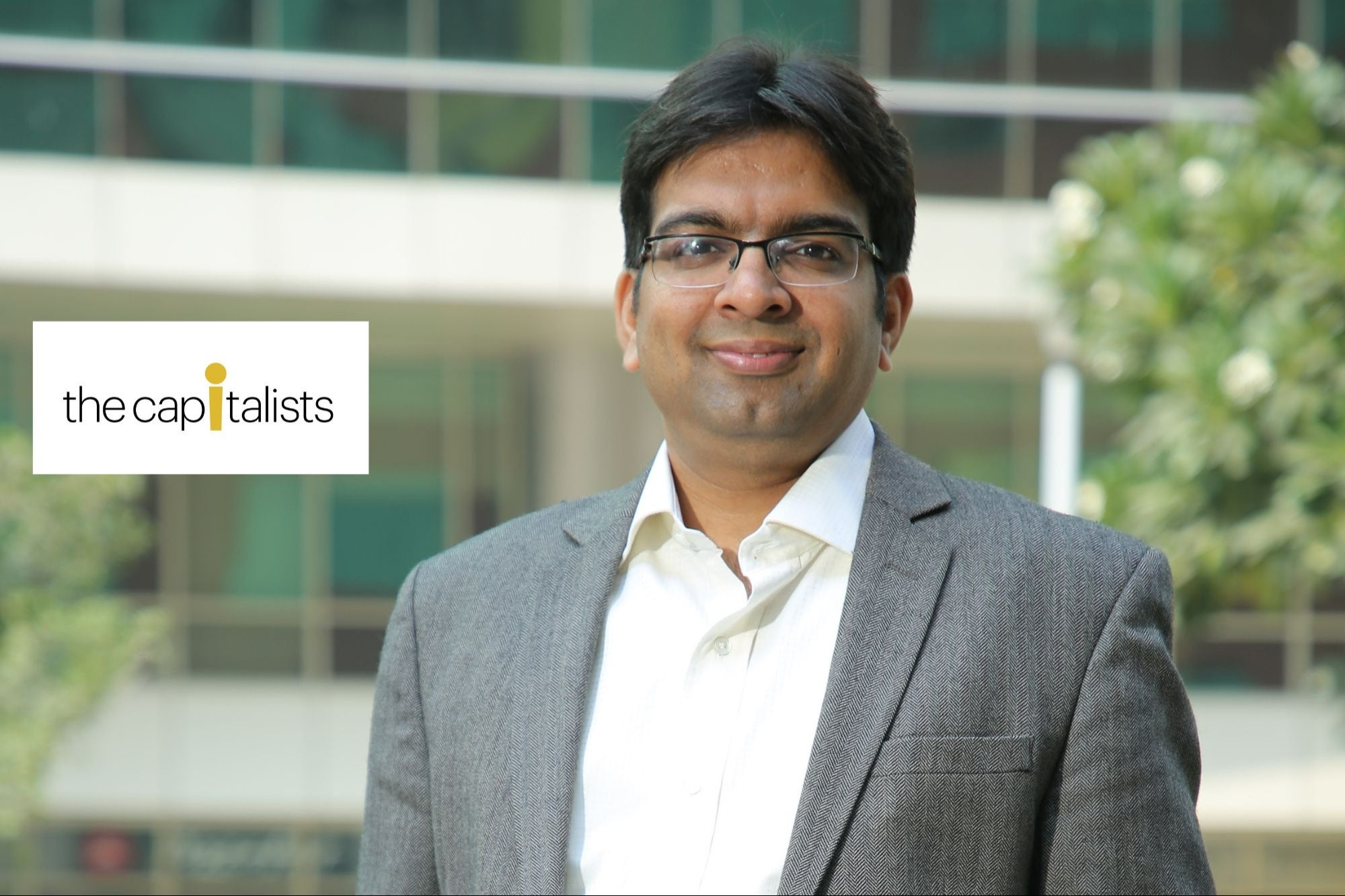540% per year: That is the Interest Rate You Pay On a Payday LoanGoogle has banned payday loan apps-which charge interest rates of 36 per cent or more per month-on Play Store. We tell you why Payday loans are a big NO
ByShipra Singh•
You're reading Entrepreneur India, an international franchise of Entrepreneur Media.

Consumer loan apps charging a staggering interest rate of 36 per cent or more per month have been barred on Google Play Store, according to a report by the Wall Street Journal (WSJ) on October 13. More commonly known as payday loans, consumers can borrow small amounts of INR 5,000 to INR 1 lakh for a short period of 30-60 days.
The annual interest rate on payday loans work out a mind-numbing 540% or more. In comparison, the steepest interest rate charge is on credit card loans, which comes to be around 40% per year.
This move is part of Google's fight against high-interest loans "to protect consumers from deceptive and exploitative personal loan terms", as stated in the WSJ report. Google had earlier barred advertisements from payday loans from appearing in its search engine.
How Does Payday Lending Work
While there is no report of any such ban in India, payday loans are fast catching up among Indian consumers as well. Several online lenders such as Rupeelend, Loanwalle, Loan4smile and Credit Bazzar, among others, offer instant loan to those in need of quick cash. The borrower has to submit proof of identity, three month's salary slips and bank account statements and security cheques along with the application form and the cash will be credited to his account within 60 minutes.
Payday lending is different from personal loans. The idea is to borrow a small amount, like a salary advance, instantly with minimum paperwork on the agreement that it will be repaid when the borrower receives her next salary. Payday loan providers lend for an ultra-short -term period of maximum three months and charge an exorbitant interest rate of 1-1.5 per cent per day. Typically, the borrower has to repay the full amount at once within the loan term and not in the form of EMIs.
Buying into the sales pitch of quick and convenient loans, consumers often overlook the high charges involved, say experts. "Consumers generally don't annualise the costs before taking such loans. For instance, over the loan tenure of, say 60 days, the consumer will pay an average of 60per cent interest. If he takes three such loans in one year, he'll shell out a whopping 180 per cent interest. So, it is absolutely important that borrowers calculate the absolute cost before taking any such loans," says Rohit Shah, founder and CEO, Getting You Rich. A processing fee of 1.5-2 per cent is also charged, adding up to the overall cost. Apart from this, defaulting on loan repayment attracts up to 4 per cent penalty per day.
看在紧急情况下替代
Any kind of unsecured loans should be avoided for discretionary spends. In the case of an emergency, instant loans come in handy but experts say payday loans should be the last resort when no other borrowing option works out. "It is better to approach family or friends and offer them a 12 per cent interest per annum instead of borrowing such expensive loans. Give them a post-dated cheque after adding the interest component to the principal to assure your intent of paying back," says Shah.
Personal loans and credit card are some of the other options that are cheaper compared to payday loans (see table below). Also, some of the big to medium companies offer interest-free loans to their employees in case of an emergency for a period of three-six months.
How Do Different Loan Options Compare
Loan Type |
Interest rate |
Loan term |
Other charges |
Payday Loan |
0.5-2 per cent per day |
30-90 days |
1-2 per cent processing fee, 1-4 per cent per day late payment penalty, INR 500 to INR 1,000 cheque bounce fee |
Personal Loan |
Up to 25 per cent per annum |
1-5 years |
0.25-2.5 per cent processing fee; up to 5 per cent prepayment fee* |
Credit Card |
Up to 3.49 per cent per month^ |
莫nthly payment cycle |
Annual fee of up to INR 3,000; late payment fee of up to INR 750^^ |
*Some lenders don't charge a prepayment fee at all
^Interest rate is levied on outstanding amount
^^It's charged when borrower doesn't pay even the minimum amount
You Must Have an Emergency Fund
Experts say the concept of easy credit can easily push one into a debt trap. "Easy borrowing can become a habit and have a long-term impact on personal finances. It is better to plan and prepare for emergencies in advance rather than going for such loans during the time of need," says Shah.
One should save up a contingency fund—equal to at least three-six months' worth expenses—for an unexpected emergency such as sudden hospitalization or car breakdown. Saving overtime protects you from the cost of borrowing.













